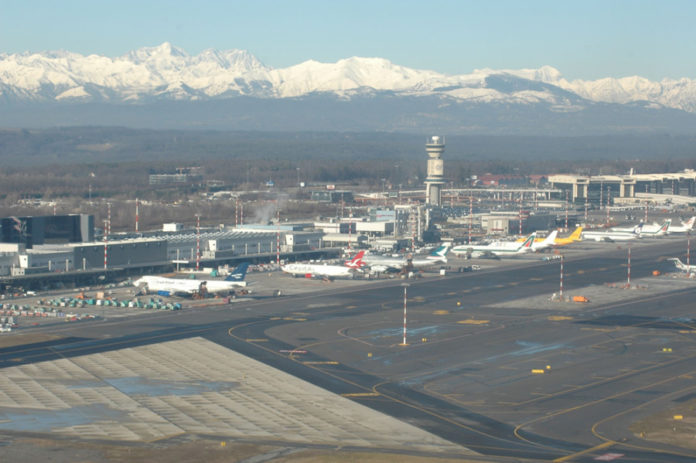

Last year saw Milan Malpensa Airport cement itself as Italy’s largest airport for air cargo and SEA (Societa per azioni Esercizi Aeroportuali), the company that manages both Milan Airports, is now preparing itself to ride the cargo wave.
“The market share of Milano Malpensa airport, of the total air cargo handled by Italian airports, went from 53% in 2019 to 70% in 2021,” explains Paolo Dallanoce, cargo manager, SEA.
“At Malpensa airport, cargo flights in 2021, totalled 30,450 movements, exceeding the same figure of 2019 by about 158%, and by about 63% of 2020.
“Cargo business in particular saw frequent and quick changes during the past two years.” The way the cargo community does business also saw changes.
“Stronger relationships between the airport management company and cargo operators have been established and the need to solve problems with the contribution of all operators has made the cargo community more cohesive,” says Dallanoce.
“The pandemic also had important repercussions on the dynamics of the flow of goods and on the type of products transported.
“The most important phenomena were, on the one hand, the massive import flows of Covid-related medical devices (particularly intense in the second quarter of 2020, but also continued in 2021 and still ongoing), and on the other hand, the exponential growth of e-commerce products distributed by air.
“This consistent development of e-commerce has mainly favoured the traffic of courier carriers, which in 2021 represented 33% of the total freight volumes in Milano Malpensa, compared to 15% of 2019.”
Dallanoce also notes that the boost to e-commerce has helped the activity of general cargo operators, whose volumes in 2021 grew by 34% versus 2020, and by 7% versus 2019. He adds: “The 2021 final balance related to goods confirms that air cargo business registered an impressive increase of 36% of cargo tonnes compared with the pre-pandemic year 2019 and of 45% versus 2020.”
He says this is proof of the cargo potential of Milano Malpensa airport. Although cargo growth is positive for the airport’s bottom line, Dallanoce notes the demand has put some sub-systems under pressure.
“In order to cope with the expansion of cargo activity in Milano Malpensa airport for the coming years, we will invest in the construction of new cargo infrastructure. This is pending the conclusion of the new Masterplan approval process.
“Our other key for success is the digitisation of processes,” he adds.
“In 2022 SEA has had a strong commitment to the development of new IT applications designed to enhance the functions of the ICT ecosystem, Smart City of Goods, which is an advanced cargo community system designed according to the innovative approach of an ‘eco-system’. This will enable the exchange of information between the landside world (shippers and transporters) and the airport world (terminal operators and cargo handlers).
“The new applications will improve the accuracy of managed data and monitor the progress of cargo processes at the airport, offering greater tools for intervention.
“The Customs Authorities have made a lot of improvements in their procedures, and it is now possible to clear shipments electronically with a system that is quick and easy to operate. In 2022 SEA will develop with Custom Authorities new applications, such as the ‘Smart Corridor’, aimed at speeding up the flows.
“Another example of new applications planned in 2022 is slot booking for truck arrivals at the cargo area.
“We are working with an IT systems developer on truck slot booking software that will help truck drivers in completing their procedures at Malpensa and will also improve the interface between the aircraft and ground system.”









